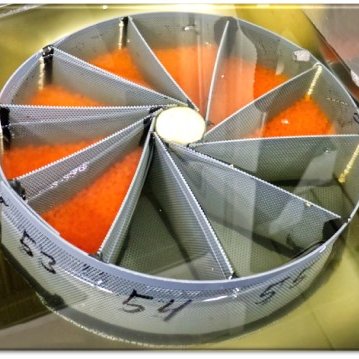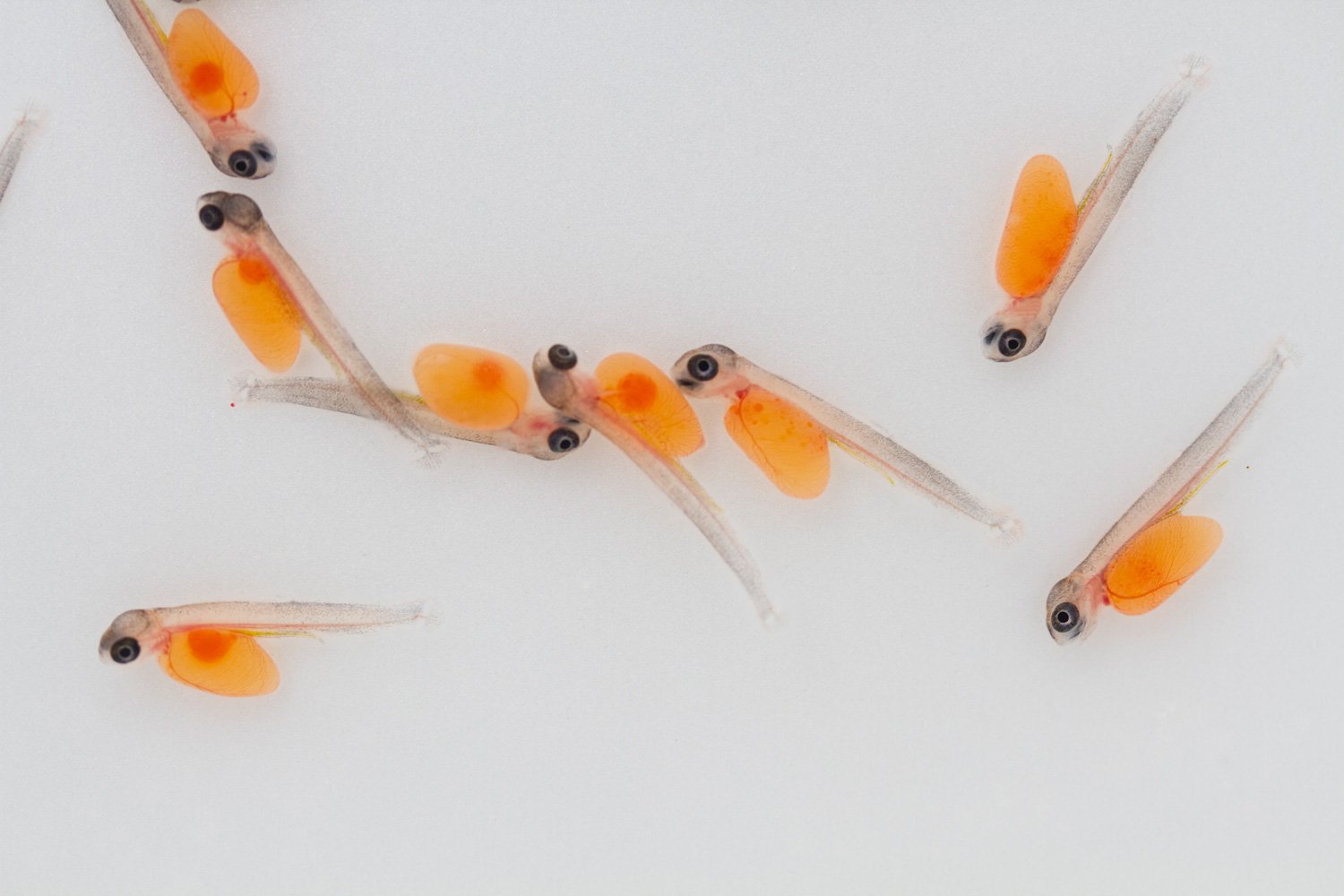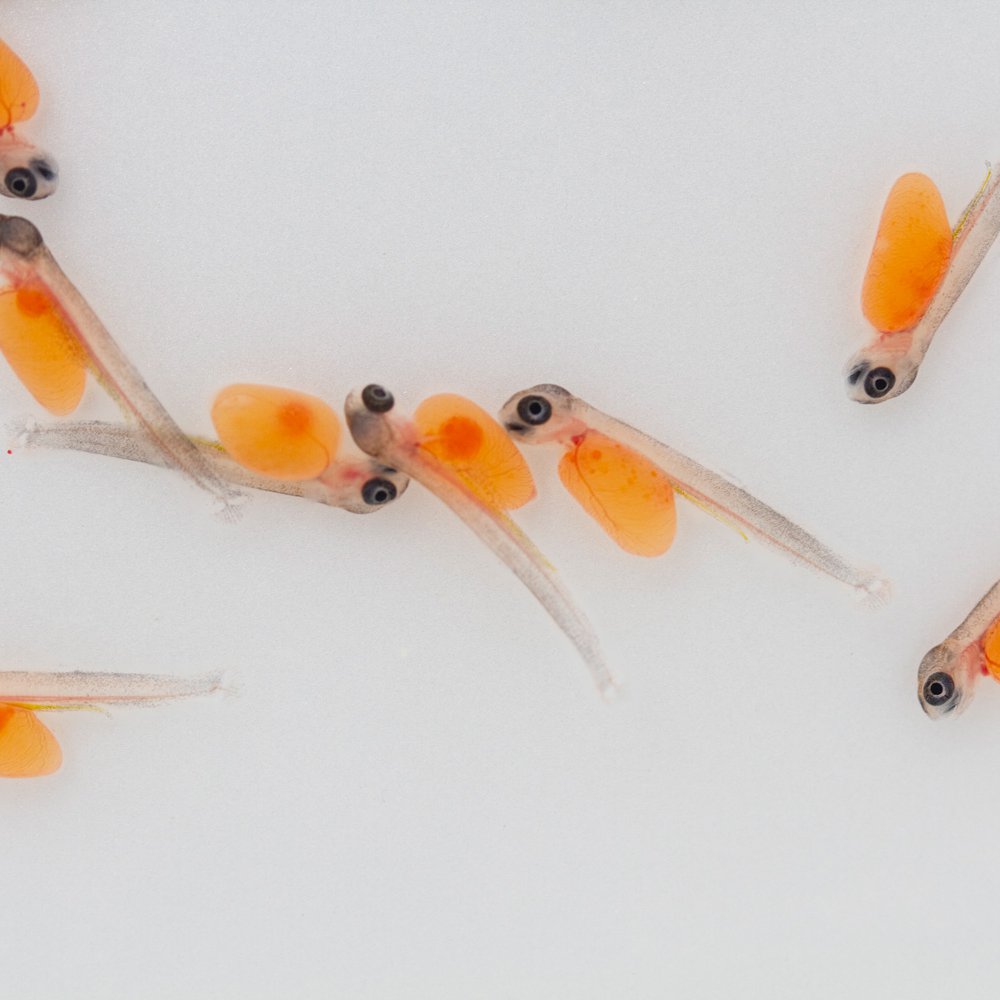Viking Aqua’s fish welfare index
Since we cannot ask a fish how it is doing, we use welfare indicators to measure and predict its welfare. Welfare indicators can be parameters based on direct observations of the animals' condition and behaviour or indirect indicators based on the animals' environment and surroundings. We have direct and indirect welfare indicators. The direct indicators describe the fish itself, and the indirect describe conditions in the environment that can give warnings of potential welfare problems before they are detected directly on the fish itself.
With camera surveillance, robot and sensor technology, we can utilise artificial intelligence (AI) and cognitive technology to analyse the behaviour and welfare of the fish, control the water quality or adjust the amount of food according to the fish's needs. As we accumulate different welfare indicators, we aim to merge them into an AI algorithm, the Viking Aqua Fish Welfare Index.
We believe that the optimum level of a welfare indicator may vary and will be dependent on factors like tank, fish batch, physiological stage and other welfare indicator levels. Therefore, there might not be a golden standard when it comes to where on the scale the index should stand to have the best fish welfare, but rather expect a floating optimum dependent on the circumstances and the different factors. With this index, we aim to pinpoint what value combination would give the best production performance to provide the correct feeding, produce fish with the highest growth, and minimise disease outbreaks, stress, mortality, deformities and early maturation.
With the Viking Aqua Fish Welfare Index, we aim to define the best practice for animal welfare for our facility in Skipavika. We will use this tool to reduce the production time, increase the total biomass processed per incubated ova batch, and reduce excessive feed, fish mortality and energy requirements. We aim for the facility's most profitable and sustainable production with the best fish welfare we can give the fish, and the Viking Aqua Fish Welfare Index will help us get there.

Photo by Borghild Hillestad
Survival
One significant welfare indicator is mortality. Today, on average, 30-35% of the fish die or get culled between fry and harvest due to elements like poor growth, disease, deformity, maturation, stress or mechanical handling.
In Viking Aqua, we believe the mortality can be significantly reduced through superior production routines, less fish handling, and by utilising new, promising technologies. Therefore, we aim to reach a survival of at least 90% within five years of production. To achieve this, we need to plan for high-quality data collection and analysis and ensure optimal production plans and protocols.


Photo by AquaGen
Feed and feed conversion ratio
The highest footprint and one of the main OPEX drivers will be fish feed. Quite frequently, farmed fish are being overfed or fed too much feed in one go so that the fish don't manage to eat it all. Instead, it ends as wasted feed, degrading the tank water quality and the fish welfare, in addition to literary being a waste of money. An excess feed increases nitrites, phosphate and ammonia levels, lowers the pH, increases the total suspended solids (TSS), reduces the oxygen level and ensures good growth conditions for heterotrophic bacteria we do not want inside the fish tank. It reduces the fish welfare at several levels, such as damage to the gills, poor vision and reduced disease resistance. For that reason, we need to strive for as high feed efficiency as possible and diminish feed waste down to a minimum.
Feed conversion ratio (FCR) is a helpful way of describing feed efficiency. This parameter tells us how much feed is required to produce 1 kg of fish. We can consider both the biological (bFCR) and an economic FCR (eFCR). The eFCR describes the amount of feed required to produce 1 kg of farmed salmon, and it is calculated as the total weight of feed divided by net production (harvested weight). Hence, undigested feeds get accounted for, like feed lost in the tank or the feeding system, in addition to the feed that gets eaten. The bFCR describes the amount of feed required for the fish to eat to produce one kilo of farmed salmon. The bFCR level is dependent on the physiological stage of the fish. Still, it has been estimated to be approximately 0.9 from 0 to 11 months (800 gr) and 1.1 from 11 months to harvest in land-based production (Bjørndal & Tusvik, 2017; Nofima, 2017). The eFCR has consequently been estimated to be 1.08. With smart feeding routines and high-quality, sustainable feed containing natural astaxanthin and marine raw materials from low trophic levels, we aim for a bFCR of 0.6 from 0 to 11 months, 0.8 from 11 months to harvest and an eFCR of 0.85 within five years of production.